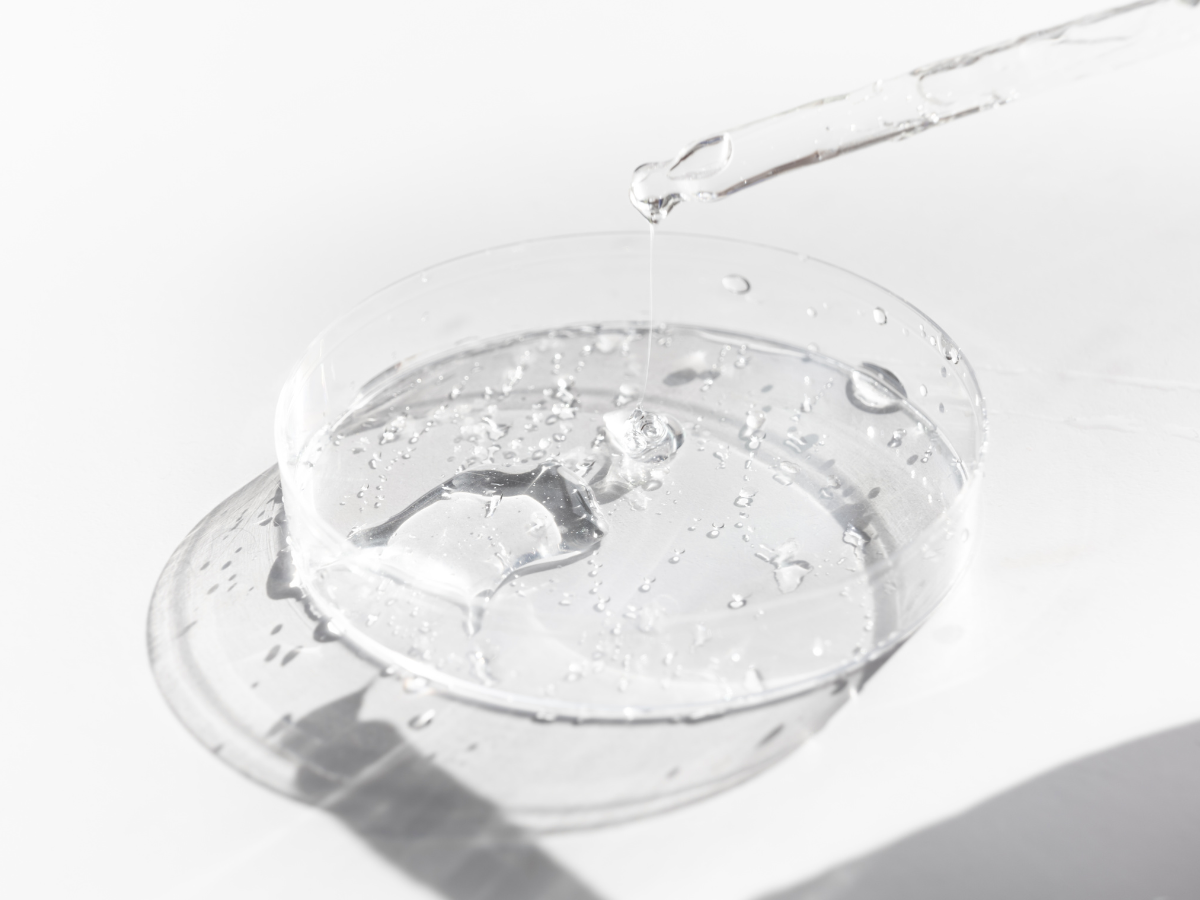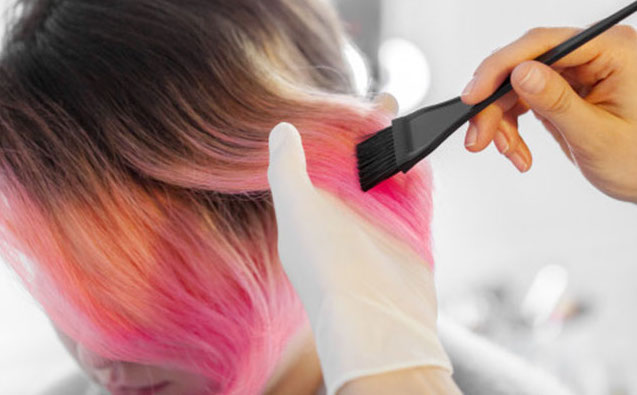WHAT ARE FULLERENES?
Fullerenes were first discovered in 1985 by researchers at Rice University in Houston (Texas, U.S.) and have received their name due to their structural resemblance to a geodesic sphere (specifically the Montréal Biosphère, designed by the architect Buckminster Fuller).
Chemically, fullerenes is a class of carbon molecules characterized by an icosohedron structure. They are molecules of carbon, containing at least 60 atoms, that can take on different shapes (tubes, spheres, ellipsoid, etc.). Hydroxylated fullerenes is the product obtained by the hydroxylation of fullerenes. Fullerenes have a wide range of different biological activities and have been subject of intensive research in several fields (particularly Fullerene C(60), also called buckminsterfullerene). Naturally occurring fullerenes have also been discovered in ancient meteorites that hit the Earth.
In cosmetics and personal care products, Fullerenes (CAS number: 99685-96-8) and Hydroxylated Fullerenes are used as antimicrobial and skin conditioning agents. Antioxidant properties are also attributed to these ingredients in open literature. Studies have shown that fullerenes have the capacity to inhibit the formation of reactive oxygen species (ROS) and that these ingredients can be helpful in the treatment of acne (acne vulgaris).
SAFETY ASSESSMENT OF FULLERENES AND HYDROXYLATED FULLERENES
The Commission Recommendation of 2011 on the definition of nanomaterial (2011/696/EU) states that “by derogation from point 2, fullerenes, graphene flakes and single wall carbon nanotubes with one or more external dimensions below 1 nm should be considered as nanomaterials”. According to the Regulation (EC) No 1223/2009 on cosmetic products, ‘nanomaterial’ is defined as “an insoluble or biopersistant and intentionally manufactured material with one or more external dimensions, or an internal structure, on the scale from 1 to 100 nm”.
Cosmetic products containing nanomaterials must be notified by the Responsible Person (by electronic means) six months before being placed on the market (Article 16 of the Regulation). They must be authorized by the European Commission prior to their use in cosmetic and personal care products. This does not apply when the nanomaterials are used as colourants, UV-filters or preservatives and are already included in the Annexes of the European Regulation (the “positive” lists). For more information see our previous post.
The European Commission has received 19 notifications, via the CPNP (Cosmetic Product Notification Portal) for cosmetic products containing fullerenes and hydroxylated fullerenes. These ingredients are not currently regulated under the European Cosmetic Regulation (i.e., not listed in the Annexes).
This month the European Commission has issued a request for a scientific opinion on fullerenes and hydroxylated fullerenes from the Scientific Committee on Consumer Safety (SCCS) due to the potential for dermal absorption (or crossing of a mucous membranes to other cells) of nanoparticles.
The European Commission has requested for the SCCS to answer two questions:
- Does the SCCS consider Fullerenes and Hydroxylated Fullerenes safe when used in cosmetic products according to the maximum concentrations and specifications as reported via CPNP, taking into account reasonably foreseeable exposure conditions?
- Based on the currently available scientific literature and SCCS’ expert judgement, the SCCS is requested to assess any further scientific concerns with regard to the use of Fullerenes and Hydroxylated Fullerenes in cosmetic products and whether a potential risk to human health can be identified according to Article 16(6) Reg.1223/2009
The deadline established for the presentation of the safety assessment by the SCCS was set at six months (from the request reception).
If you wish to get more information on fullerenes or others cosmetic ingredients, do not hesitate to contact us at info@criticalcatalyst.com.
References:
- Lens M. Use of fullerenes in cosmetics. Recent Pat Biotechnol. 2009;3(2):118-23.
- Mousavi SZ, Nafisi S, Maibach HI. Fullerene nanoparticle in dermatological and cosmetic applications. Nanomedicine. 2017 Apr;13(3):1071-1087
- Request for a scientific opinion on “Fullerenes and Hydroxylated Fullerenes” (CAS / EC No.:99685-96-8/628-630-7, 11538-22-7/-, 182024-42-6/-). European Commission. Available from: https://ec.europa.eu/health/sites/default/files/scientific_committees/consumer_safety/docs/sccs2016_q_060.pdf














